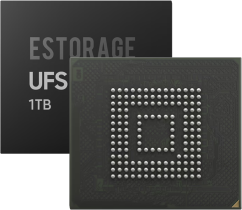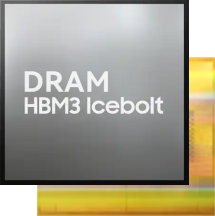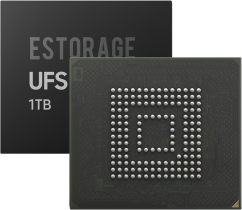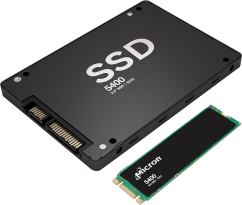物联网IOT
The Internet of Things (IoT) refers to the network of interconnected devices embedded with sensors, software, and other technologies that enable them to collect and exchange data over the internet. These devices range from everyday objects like smart thermostats and wearable fitness trackers to industrial machines and vehicles.
1. IoT Overview:
Definition: IoT encompasses a vast ecosystem of devices that communicate with each other and with centralized systems through the internet, enabling data-driven automation, monitoring, and control.
Applications: IoT applications span various sectors including smart homes, healthcare, agriculture, manufacturing, transportation, and smart cities.
2. Electronic Components in IoT Devices:
Sensors and Actuators:
Temperature Sensors: Monitor ambient temperature for climate control systems in smart homes and industrial settings.
Humidity Sensors: Measure humidity levels for environmental monitoring and agricultural applications.
Motion Sensors: Detect movement for security systems, automated lighting, and occupancy detection.
Proximity Sensors: Sense nearby objects for obstacle avoidance in drones and automated vehicles.
Pressure Sensors: Measure pressure changes in industrial equipment and healthcare devices.
Gas Sensors: Detect gases like carbon monoxide for safety monitoring in homes and factories.
Actuators: Devices that perform physical actions based on sensor data, such as opening/closing valves or controlling motors in industrial automation and robotics.
Microcontrollers and Processors:
Microcontrollers (MCUs): Low-power integrated circuits that include a processor, memory, and input/output peripherals. MCUs manage sensor data, execute control algorithms, and communicate with other devices or cloud services.
Single-Board Computers (SBCs): More powerful than MCUs, SBCs like Raspberry Pi and Arduino can run operating systems and support complex IoT applications such as edge computing and data analytics.
Connectivity Modules:
Wi-Fi Modules: Enable wireless internet connectivity for IoT devices to communicate with local networks and cloud services.
Bluetooth Modules: Facilitate short-range communication between IoT devices and smartphones for data synchronization and remote control.
Cellular Modules: Provide wide-area connectivity via cellular networks (e.g., 4G LTE, 5G) for IoT devices deployed in remote locations or mobile applications.
Power Management:
Battery Management Systems (BMS): Ensure efficient use of power sources (e.g., batteries, solar panels) to prolong device operation and minimize energy consumption.
Energy Harvesting Modules: Convert ambient energy sources (e.g., solar, thermal, kinetic) into electrical power to supplement or replace batteries in low-power IoT devices.
Security Components:
Encryption Chips: Safeguard data transmitted between IoT devices and cloud servers to protect against unauthorized access and cyber threats.
Authentication Modules: Verify the identity of devices and users to prevent malicious activities and ensure secure communications within IoT networks.
3. Integration and Communication Protocols:
MQTT (Message Queuing Telemetry Transport): Lightweight protocol for efficient, real-time data exchange between IoT devices and servers.
HTTP (Hypertext Transfer Protocol): Standard protocol used for transmitting and receiving web-based IoT data over the internet.
CoAP (Constrained Application Protocol): Designed for IoT devices with limited computing resources to communicate efficiently over constrained networks.
4. Data Analytics and Cloud Integration:
Cloud Platforms: Services like AWS IoT, Google Cloud IoT, and Microsoft Azure IoT provide scalable infrastructure for storing, analyzing, and visualizing IoT data.
Edge Computing: Process data locally on IoT devices or gateways to reduce latency, conserve bandwidth, and enhance real-time decision-making capabilities.
IoT leverages a wide array of electronic components and technologies to create interconnected ecosystems that enhance efficiency, convenience, and decision-making across various industries and everyday applications. As IoT continues to evolve, advancements in electronic components and connectivity solutions will play a crucial role in expanding its capabilities and adoption worldwide.






